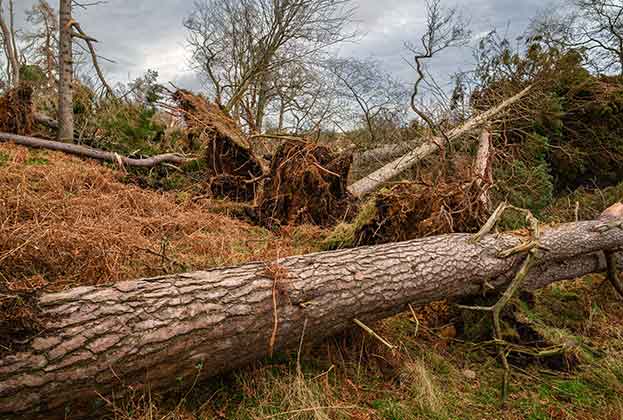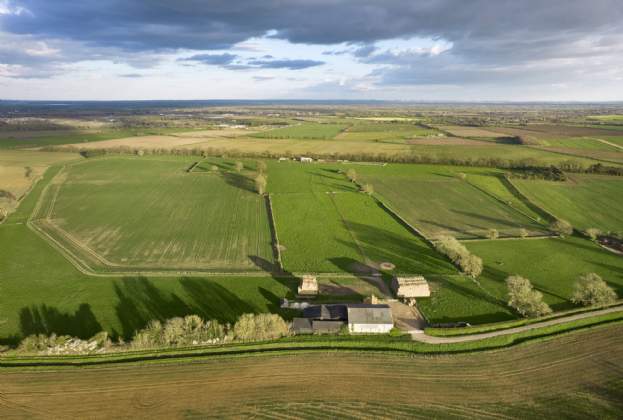With net zero targets getting closer and the phasing-out of the Basic Payment Scheme, discussions with land managers around opportunities for accessing income from carbon markets are growing. However, there is still some confusion around terms used to describe the elements that create and market this relatively new commodity.
Addressing the impact of carbon emissions on the climate, and the way in which land management and agriculture can play a key role in their mitigation, is extremely important in protecting the narrow range of atmospheric conditions that support human existence. The journey starts with understanding the language involved. Some of the most common terms are explored below; for a more comprehensive list, please check out our rural glossary.
Net zero: whilst sometimes used interchangeably with carbon reduction, net zero is an overall carbon profit and loss accounting exercise; a method to document compliance with regulations. Changes made within net zero should follow the carbon hierarchy of avoid, reduce, replace and offset.
Carbon avoidance and reduction: changing practices in order to eliminate completely (avoid) or reduce the carbon emissions created by an organisation both direct (scope 1) and indirect (scope 2 & 3) emissions. This should be the first step in any carbon reduction journey.
Carbon sequestration: agricultural or land management practices that increase the amount of atmospheric carbon removed from the environment through any form of carbon capture, including habitat restoration or creation. The amount of credits generated are net of any emissions that arise as a direct result of the project.
Sequestration should only be used for balancing unavoidable carbon emissions after methods of reduction have been exhausted.

.jpg)
.jpg)
.jpg)



.jpg)
.jpg)
.jpg)

